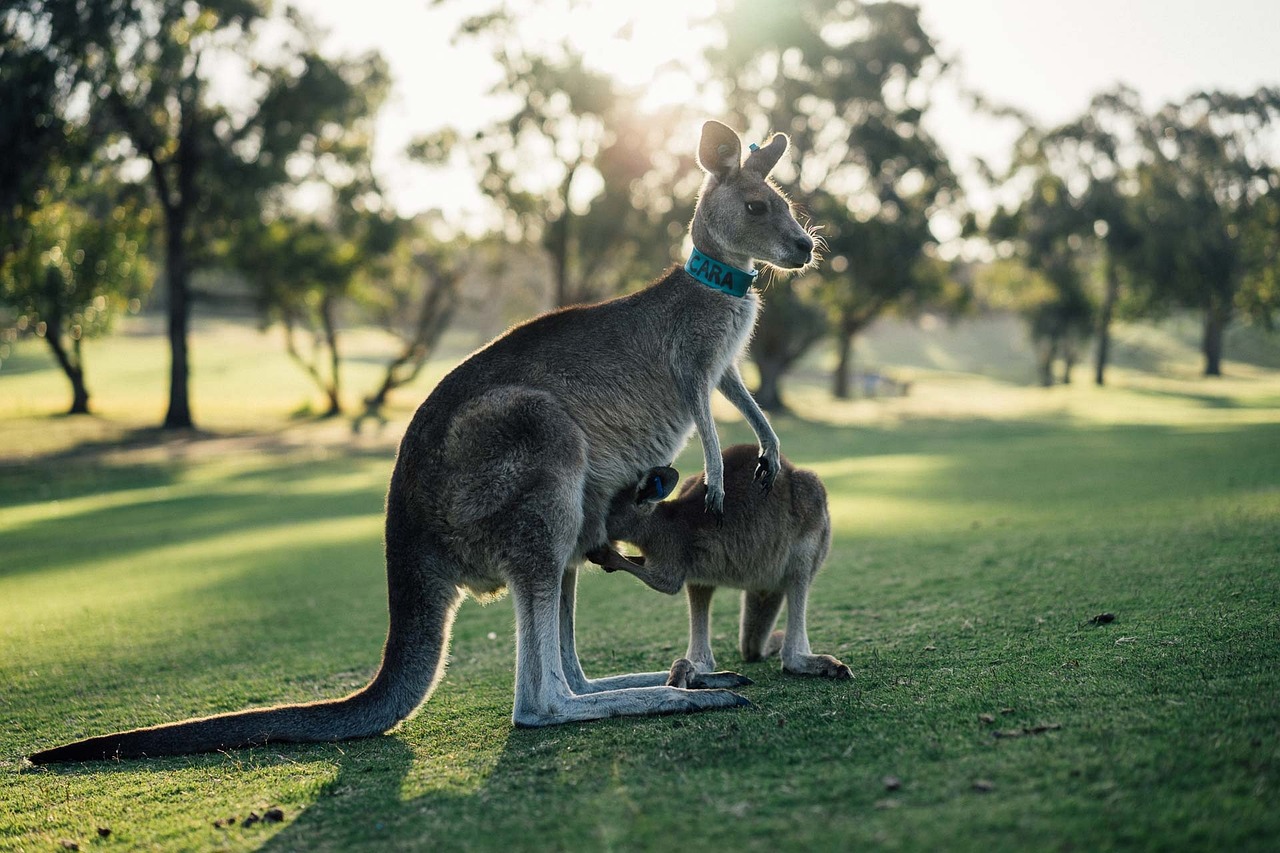5 Top Travel Tips for Navigating the Unique Australian Wild Life
5 Top Tips for Navigating the Unique Australian Wild Life
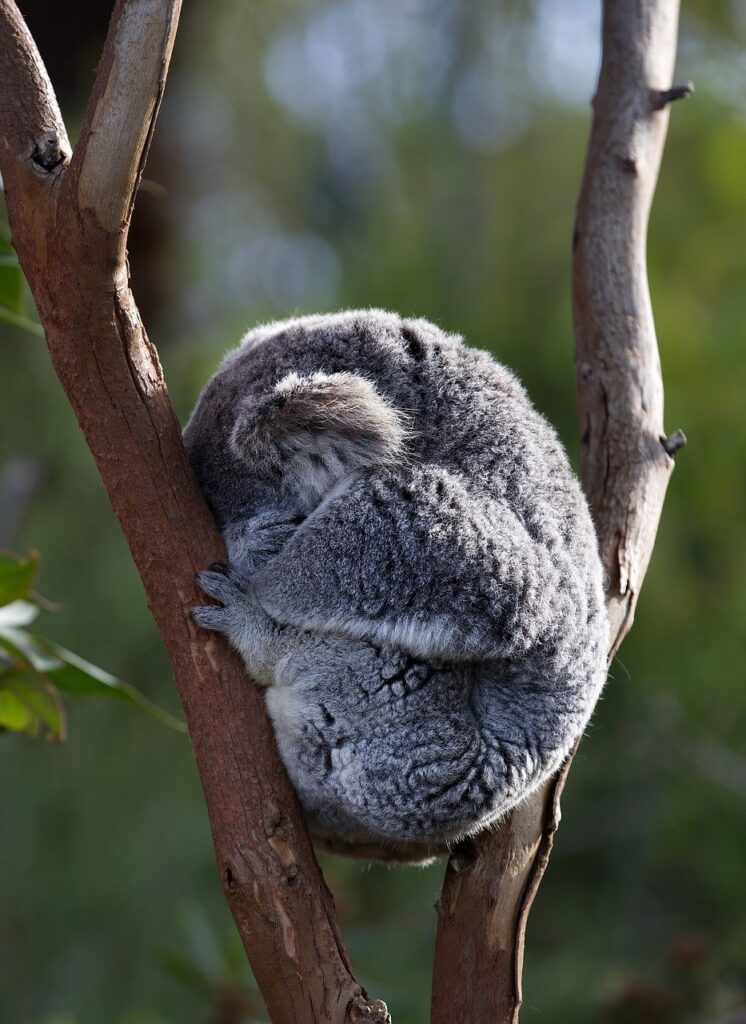
As a female solo traveler, I’ve had the incredible opportunity to explore the breathtaking wildlife of Australia. From the lush rainforests to the expansive outback, Australia is a haven for nature enthusiasts and adventurers alike. In this guide, I’ll share my top 5 travel tips to help you experience the best of Australian wildlife, ensuring a safe and unforgettable journey. Whether you’re planning to spot kangaroos in the wild, explore the Great Barrier Reef, or trek through national parks, these tips will enhance your adventure and keep you connected with the natural beauty of Australia.
Congratulations on choosing the road less traveled, steering clear of bustling cities and popular tourist spots in favor of the enchanting regional and remote areas. This is definitely where my happy place is. Opting for this path promises not just a journey but an extraordinary adventure through one of the world’s most diverse ecosystems.
Yet, before we dive into the tales of untamed landscapes, it’s essential to acknowledge that with every great adventure comes an equally great responsibility—especially when weaving through the tapestry of Australia’s unique wildlife. So, let’s embark on a conversation about navigating the Aussie wilderness and its captivating, albeit unpredictable, inhabitants along the open road. I will also share some of my personal experiences from my travels as a solo women traveller around this great country.
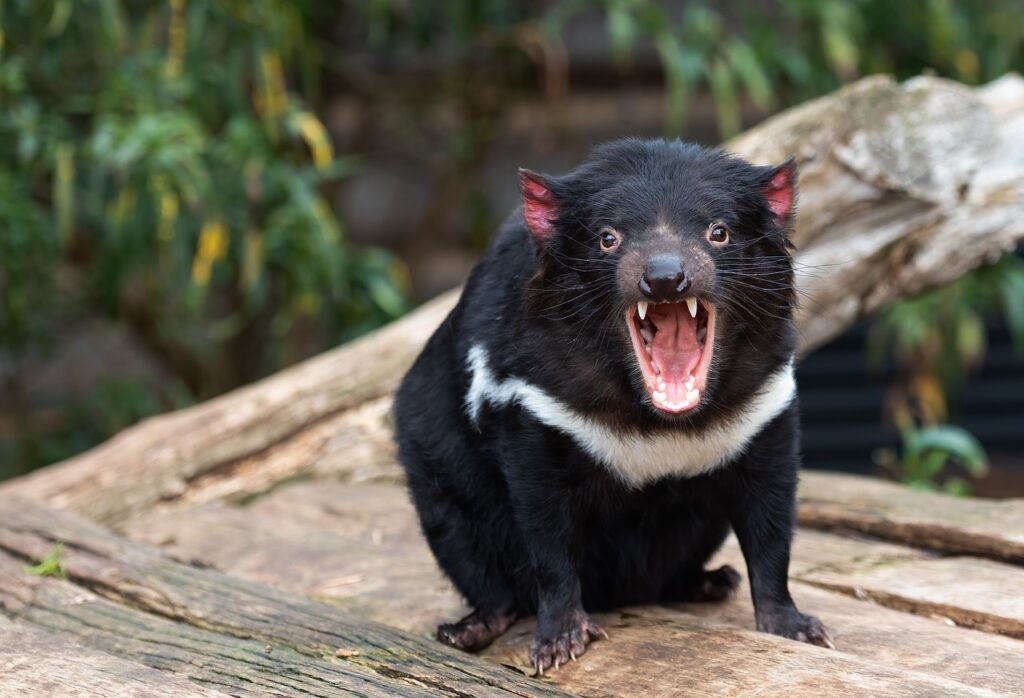
1. Don’t Feed the Animals
In Australia, it is illegal to feed wild animals. for several crucial reasons. You can be fined up to $20,000 in some states if you are caught.
Firstly, introducing human food into their diet can disrupt the natural balance of their nutritional intake, leading to health issues and dependency on handouts. Additionally, feeding wildlife can alter their behavior and expose them to potential dangers, such as increased proximity to roads, predators, and human settlements. Furthermore, providing food in unnatural settings can foster aggression among animals, disrupt their territorial instincts, and contribute to the spread of diseases.
I was camping in Karijini National Park and I saw a lady feeding the dingoes at a campsite. Two weeks later a dingo mauled a child at that same campsite location. That dingo was later shot. When the signs and rangers advise to not feed the animal’s it is for a reason.
Be smart and keep your distance and don’t feed them! Koala’s have claws, kangaroos can punch and kick, and cassowaries are deadly.
Australia’s unique ecosystems have evolved over millions of years, and human interference, even with good intentions, can have detrimental consequences for the delicate balance of the country’s wildlife and ecosystems. Therefore, respecting the natural order and allowing animals to forage for their own sustenance is essential for maintaining the health and biodiversity of Australia’s wild habitats.
Animals in the outback are wild. They know how to survive.
2. Timing is Everything: Traveling in Australia
I have written a previous post on road tripping in 10 Road Trip Basics for Outback Australia. Read this post for a more comprehensive insight into road tripping in Australia.
The Best time to Travel
The golden rule is to avoid driving between dusk and dawn. These are peak activity times for wildlife, particularly kangaroos and wallabies who can cause significant damage if they collide with your vehicle. Instead, opt for daytime travel when visibility is optimal and nocturnal animals are less active.
Dip Your Lights at Night
When traveling at night, dip your lights when you approach an animal. A high beam may startle animals, so it’s essential to minimize any potential hazards.
Brake, Do not SWERVE
If you encounter wildlife on the road, resist the instinct to swerve. Instead, slow down and brake, maintaining control of your vehicle. Sudden swerving can lead to loss of control, posing risks to you and other drivers. Sometimes it is just not possible to miss an animal.
Always remember your safety is paramount. Be vigilant, drive within the speed limits, use your peripheral vision, and drive within the recommended times.
Read the signs
AAMI, an insurance company in Australia, has identified the Top Five Animal Collision Hot Spots in each state in Australia. There are road signs everywhere. These are very helpful in advising of what to expect ahead. Throughout the country these change due to the different regions where the animals live. The actual signs themselves are great advising of echnida, emu, camels, quokkas’, roos, eagles and many many more.
https://www.suncorpgroup.com.au/uploads/AAMI-Animal-Collisions-media-release-FINAL2.pdf
3. The Wildlife you may Encounter
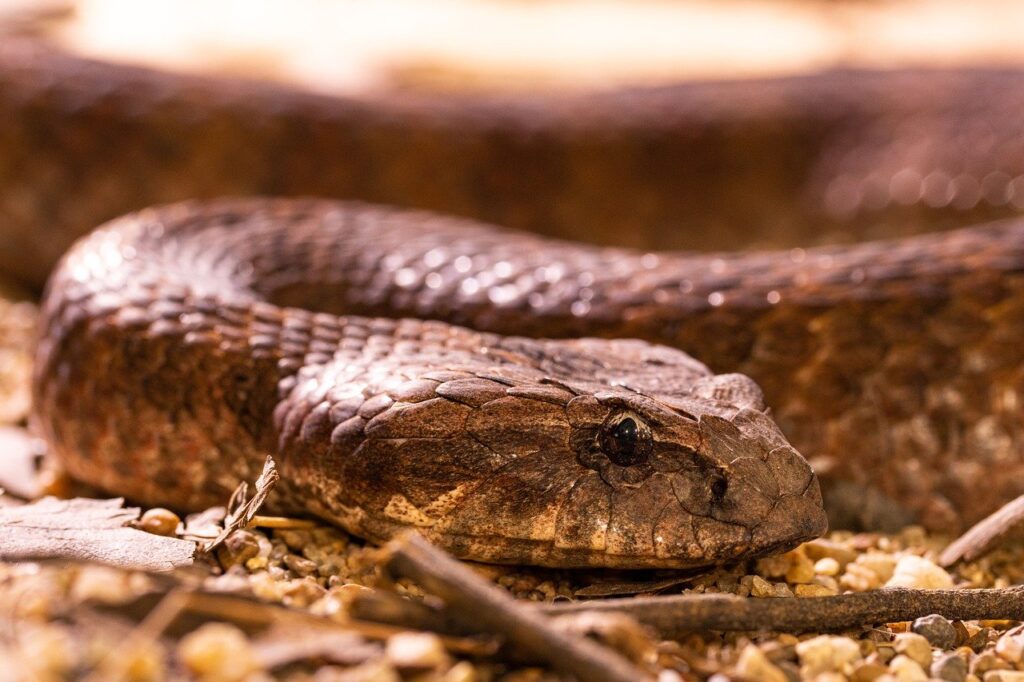
Kangaroos & Wallabies – The Iconic Aussies
Kangaroos and wallabies are synonymous with Australia but can pose risks on roads due to their unpredictable hopping patterns. These icons are most active between dusk and dawn; that’s when you may encounter them hopping into your path. If you spot one while driving, slow down immediately, as they often travel in groups.
Dingoes
Dingoes, Australia’s iconic native wild dogs, have a deep-rooted history on the continent, believed to have arrived over 4,000 years ago with seafaring Southeast Asian communities. Flourishing in diverse environments, from arid deserts to lush forests, dingoes have adapted to a range of ecosystems, playing a crucial role in maintaining ecological balance. While generally elusive, recent incidents of dingoes approaching children and campers have raised concerns. Two children were attacked in the Pilbara Region by dingoes while camping in 2023 and several people have been attacked on K’gari. Be smart.
Authorities emphasize responsible behavior in dingo-inhabited areas, advocating for secure food storage and discouraging interaction to mitigate potential conflicts.Balancing conservation efforts and ensuring public safety remains a complex task.
Goats on the Road
While driving from Goondiwindi on the Southern border of Queensland to Cobar in New South Wales, I encountered several goats grazing on the side of the road. I naturally slowed down and luckily I did as some of them decided to meander onto the road. Take it slow, enjoy the scenery, and give these outback wanderers the right of way.
Snakes
I have written a post on snakes and this will give you a comprehensive insight.
Snake Safety Tips:
- Awareness is Key:
- Not all snakes are dangerous; treat all as potentially poisonous.
- Stick to Designated Paths:
- Stay on marked trails to avoid stumbling upon snakes in tall grass.
- Wear Closed Footwear:
- Use closed shoes or boots to add a layer of protection against potential snake bites.
- Cautious in Tall Grass:
- Take deliberate steps in grassy areas, making your presence known to alert snakes.
- Avoid Rocky Areas:
- Exercise caution around rock piles and crevices where snakes may seek shelter.
- Use Torch at Night:
- Illuminate your path with a torch when exploring after dark to deter snakes.
- Keep Campsites Clean:
- Dispose of waste properly to avoid attracting snakes with food scraps.
- Learn Local Species:
- Familiarize yourself with regional snake species to identify potential threats.
- Stay Still if Encountering a Snake:
- Remain calm and still if you encounter a snake; back away slowly to create a safe distance.
- Carry Snake Bite Kit:
- Keep a snake bite kit in your car and backpack, knowing how to use it in emergencies.
- Know First Aid:
- Learn basic first aid for snake bites, including immobilizing the bitten limb and seeking prompt medical attention.
Emus, Cows, and Bulls – The Roadside Regulars
Emus are notorious for their unpredictable behavior. They can sprint at high speeds and change direction suddenly, making them a hazard on roads. Similarly, cows and bulls often wander onto outback roads. Always approach with caution and be prepared to stop if they decide to cross your path. Cows and bulls roam freely on several outback stations. This means there are no fences.
Cassowaries and the Art of Caution
Cassowaries are native to far north Queensland rainforests and are known for their striking appearance but can be dangerous if threatened due to their powerful kicks and deadly claws. Treat them with respect, keep a safe distance, and appreciate these incredible creatures in their natural habitat.
The cassowary is no ordinary bird. Standing up to 6 feet tall and adorned with a striking helmet-like casque on its head, it’s a sight that commands awe and respect. With their vibrant blue necks and piercing red eyes, they are as mesmerizing as they are intimidating.
If you’re lucky enough to spot one, maintain a safe distance and never feed or provoke them.
To spot a Cassowary head up to the Cassowary Coast and stay at Mission Beach. Lovely spot and I will do a review on it shortly. This is where I saw my first Cassowary on the road. I have since seen one on the Cardwell Range, a beautiful blue male with two chicks.
The Wedge-Tailed Eagle
One of the most magnificent animals that I encountered while traveling in the Kimberleys was the wedge-tailed eagle, the Majestic Ruler of the Kimberley Skies. With its impressive wingspan stretching up to 2.7 meters, it is Australia’s largest bird of prey and an undisputed ruler of the skies.
The Wedge-Tailed Eagle’s grandeur is not just limited to its size. It boasts a striking dark brown plumage, and its distinctive wedge-shaped tail, from which it derives its name, adds an extra touch of elegance to this magnificent creature. One moment they’re mere specks in distant horizons; the next moment they swoop down with astonishing speed, their broad wings casting gigantic shadows over sun-drenched terrains.
But when they land, they’re kinda slow to take off again. While cruising between Halls Creek and Warmun I encountered this wedge-tailed eagle devouring on roadkill right in the middle of the road. As I come over the rise, this magnificent bird glances up and slowly, I mean snail-paced slow, starts spreading its wings. I had all the time in the world to hit the brakes and admire that eagle taking off. Just goes to show, some things, even in nature, take their sweet time. So, no rush, take it easy.
General Wildlife Safety Tips:
For a smooth journey through the Aussie wild:
Stick to daylight hours for driving, visibility is key.
Do not swerve if you encounter wildlife.
Brush up on wildlife hotspots in each region; locals always have the inside scoop.
Respect the locals – both the two-legged and the four-legged ones.
Read the road signs. In Australia they warn you what to expect.
Conclusion:
Remember that each encounter with Australia’s unique wildlife is a privilege—an opportunity to witness nature’s beauty up close. With these tips in mind, you’re ready for a safe progress through the wild side of Australia! Safe travels, fellow wanderer!
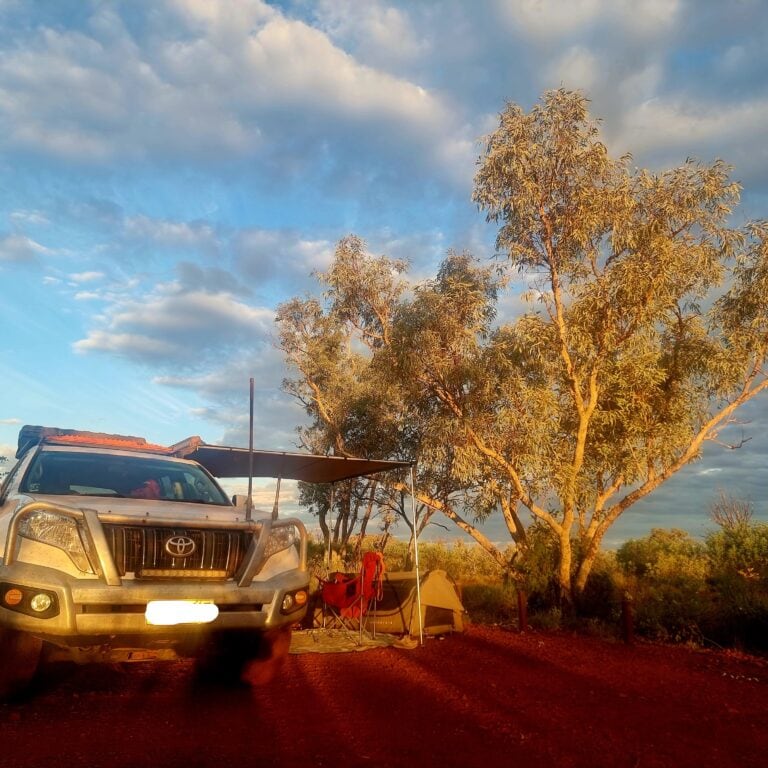
4. Essential Tips for Camping and Hiking in Australia
As an adventurer, you’re always seeking new horizons. And there’s no better place to explore than the breathtaking landscapes of Australia. But before you lace up your boots and strap on your backpack, it’s crucial to prepare for the unique challenges that come with hiking and camping Down Under.
Store Food Strategically
In Australia’s great outdoors, food isn’t just attractive to humans; it’s also tempting for wildlife. Think of your food supplies as precious cargo. If left unprotected, they become easy pickings for opportunistic creatures.
I keep all my food and rubbish in the car overnight. This keeps them out of reach from curious animals while preserving nature’s balance by not altering their feeding habits.
They do look like domesticated dogs but they are actually wild dogs. I have come across dingo’s on several occasions in the outback especially in the Pilbara and the Kimberley regions. Once I heard them outside my swag and that freaked me out a wee bit.
Stick To The Trail
Australia’s trails are designed not only for convenience but also for safety and environmental preservation. Straying off these paths is NOT recommended.
Stay on marked trails at all times; this minimizes risks such as getting lost or encountering harmful plants or animals while protecting delicate ecosystems from unnecessary disturbance.
Keep your eyes open
Australia’s wilderness is home to some unique wildlife. Some are beautiful; others can be dangerous if disturbed or threatened.
Stay vigilant on your hikes for potential threats, keep your eyes open and respect all creatures you encounter from a safe distance.
Remember, you’re visiting their home!
Wear Appropriate Clothes
When venturing into Australia’s bush opt for long pants and sturdy shoes as your go-to gear to ensure a layer of protection against potential bites and stings. Long pants guard against any unexpected encounters with vegetation or critters. Sturdy shoes, with closed toes, offer additional defense, preventing bites from ground-dwelling insects or the possibility of stepping on something unexpected.
This simple yet effective wardrobe choice not only adds a layer of safety but also allows you to confidently explore the great outdoors without the worry of unwelcome surprises. So, gear up, step out, and let the adventure begin, well-prepared and protected!
Close the Door!
If you are camping, remember to close the zips on your tents and swags and close the doors to prevent unwanted critters from entering your space.
It’s the little things that will make your adventures safe.
5. Mosquitos
Not all wildlife are physically large. In Australia, mosquitoes are a huge health risk. Understanding their habits and the associated risks is crucial for a safe outdoor experience. Mosquitoes thrive in various environments, particularly in stagnant water like swamps, creeks, rivers, coastal areas and billabongs. In Australia, certain species carry potential health risks, transmitting diseases like the Ross River virus, Japanese encephalitis, and Murray Valley encephalitis. To minimize the risk of mosquito-borne viruses, consider the following precautions:
- Use Repellent: Apply insect repellent containing DEET or picaridin to exposed skin, especially during dawn and dusk when mosquitoes are most active.
- Wear Protective Clothing: Opt for long sleeves, pants, and closed shoes to reduce exposed skin and provide an effective barrier against mosquito bites.
- Avoid Peak Mosquito Times: Mosquitoes are most active during dawn and dusk, so plan outdoor activities accordingly to minimize exposure.
- Install Screens: Ensure windows and doors are fitted with screens to keep mosquitoes outside while still allowing fresh air indoors.
- Remove Standing Water: Eliminate stagnant water around your living area, as it serves as a breeding ground for mosquitoes. Regularly check and empty containers like flowerpots, bird baths, and gutters.k
- Use Mosquito Nets: When camping or sleeping outdoors, consider using mosquito nets to create a physical barrier and protect against nighttime bites.
By incorporating these measures into your routine, you can significantly reduce the risk of mosquito-borne viruses and enjoy the Australian outdoors more safely.
Conclusion
Remember that each encounter with Australia’s unique wildlife is a privilege—an opportunity to witness nature’s beauty up close. With these tips in mind, you’re ready for a safe progress through the wild side of Australia! Safe travels, fellow wanderer!

